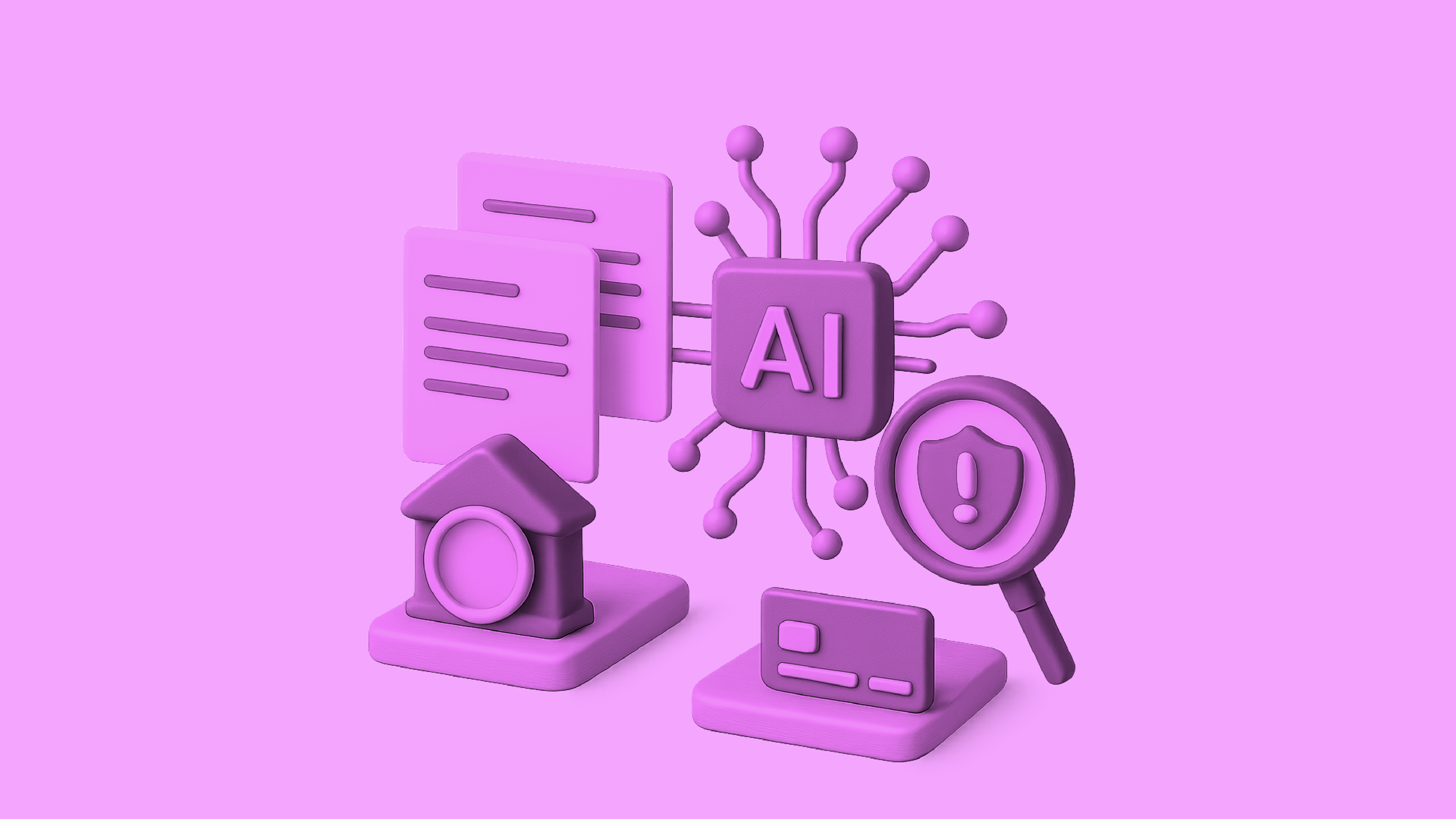Ask any finance team what slows them down the most, and “Accounts Payable” will likely make the list. Paying vendors may sound simple, but the day-to-day reality is far from it – chasing missing invoices, juggling approval emails, reconciling GST, and managing vendor queries.
When these gaps pile up, they don’t just create back-office headaches. They affect cash flow planning, vendor relationships, and even compliance. Here are the seven biggest challenges businesses face in Accounts Payable (AP) today, along with practical ways to fix them.
1. Manual Data Entry and Errors – Invoices Still Arrive in Too Many Formats
The Challenge:
Some vendors send PDFs, others courier hard copies, and a few may even WhatsApp scanned bills. Finance teams then spend hours keying in data, checking GST details, and ensuring the invoice matches the PO. Errors are inevitable.
The truth is, a large portion of AP work still relies on manual entry of invoice details into spreadsheets or ERPs. This makes AP teams vulnerable to data entry errors, such as incorrect invoice numbers, incorrect GST or PAN details, or duplicate payments. According to industry estimates, businesses lose thousands each year due to small manual mistakes that snowball into bigger issues.
The Solution:
Automating invoice capture with OCR (Optical Character Recognition) or API-based integrations significantly reduces errors. AP platforms today can auto-read invoices, match them to purchase orders, and validate GST details, leaving little scope for human oversight.
2. Delayed Invoice Approvals – Approvals Get Stuck in People’s Inboxes
The Challenge:
In many businesses, invoice approvals are often handled by multiple stakeholders, including procurement, finance managers, and department heads, and frequently require email exchanges or physical signatures. This leads to delays that stretch out payment cycles, attract late fees, and frustrate vendors.
The Solution:
Implementing customizable approval workflows within an AP system ensures that invoices are routed to the right person instantly. Approvers can review invoices on a dashboard or mobile device, cutting turnaround times from weeks to hours.
For example, businesses can set rules like “all invoices above ₹5 lakh need CFO approval”, and automatically route invoices to the right person.
3. Lack of Visibility into Cash Flow
The Challenge:
When AP processes are scattered across spreadsheets and emails, finance teams lack a real-time view of outstanding liabilities. This makes it harder to forecast cash flow, optimize working capital, or negotiate better terms with suppliers.
The Solution:
Centralized AP dashboards provide visibility into pending invoices, due dates, and payment priorities. When integrated with banking, these dashboards also show real-time balances, helping finance leaders make better decisions about when and how to pay.
4. Compliance and Tax Complexities
The Challenge:
From GSTIN validation to Input Tax Credit (ITC) claims, compliance adds another layer of pressure. Mismatched invoices or unverified vendor KYC details can block credits and trigger notices. For businesses with multiple GSTINs, reconciliation becomes an ongoing nightmare.
The Solution:
Modern AP platforms sync directly with the GSTN and auto-validate invoices against vendor GST details. They can also calculate TDS, maintain audit-ready logs, and reconcile ITC claims, reducing compliance risks while saving hours of manual work.
5. Inefficient Vendor Management – Vendor Queries Eat Up Time
The Challenge:
Vendors often follow up for payment status, send revised invoices, or raise disputes. Without a structured system, vendor communication ends up scattered across emails and calls, causing misalignment and unnecessary friction.
The Solution:
Providing vendors with transparent communication – like automated payment notifications or access to a self-service portal – improves trust and reduces back-and-forth. It also strengthens long-term vendor relationships.
6. High Processing Costs – The Hidden Cost
The Challenge:
Processing an invoice manually doesn’t just cost money – it eats into finance bandwidth. Manual processing can cost between ₹200–₹500 per invoice. Multiply that by thousands a year, and AP quickly becomes a cost center.
The Solution:
Automation reduces processing costs drastically by cutting down manual steps like data entry, approvals, and reconciliations. Businesses can reallocate finance teams to higher-value tasks such as cash flow planning or vendor negotiations.
7. Fraud and Duplicate Payments
The Challenge:
Fake invoices, altered bank account details, or duplicate submissions are common risks in AP. Without systematic checks, businesses may fall prey to fraud or accidental double payments, leading to financial losses.
The Solution:
AP software introduces three-way matching (invoice, purchase order, goods receipt) and real-time duplicate detection. Integrated payment rails also ensure money flows directly to verified vendor accounts, reducing the risk of fraud.
How to Build a Smarter Accounts Payable Process
Solving AP challenges isn’t about paying faster – it’s about paying smarter. The building blocks are clear:
- Digitize invoice collection and approvals.
- Integrate AP with ERP and banking to remove reconciliation delays.
- Standardize processes so every invoice follows the same rules.
- Strengthen compliance by tying AP closely with GSTN validations and ITC reporting.
OPEN’s Accounts Payable module brings these efficiencies together, combining invoice capture, smart approvals, vendor management, ITC reconciliation, and direct banking integration (connected banking) in one system.
The result? Reduced manual work, stronger compliance, and improved cash flow visibility – all essential for scaling finance operations.
Accounts Payable may seem like routine work, but its impact runs deep. Poorly managed AP can strain vendor ties, lock up working capital, and attract compliance risks. On the other hand, well-managed AP gives businesses a stronger grip on cash flow, healthier vendor partnerships, and a finance team that can focus on strategy, not firefighting.
The good news? Most of these challenges aren’t new, and neither are the solutions. It’s about bringing discipline, structure, and the right tools into play.





